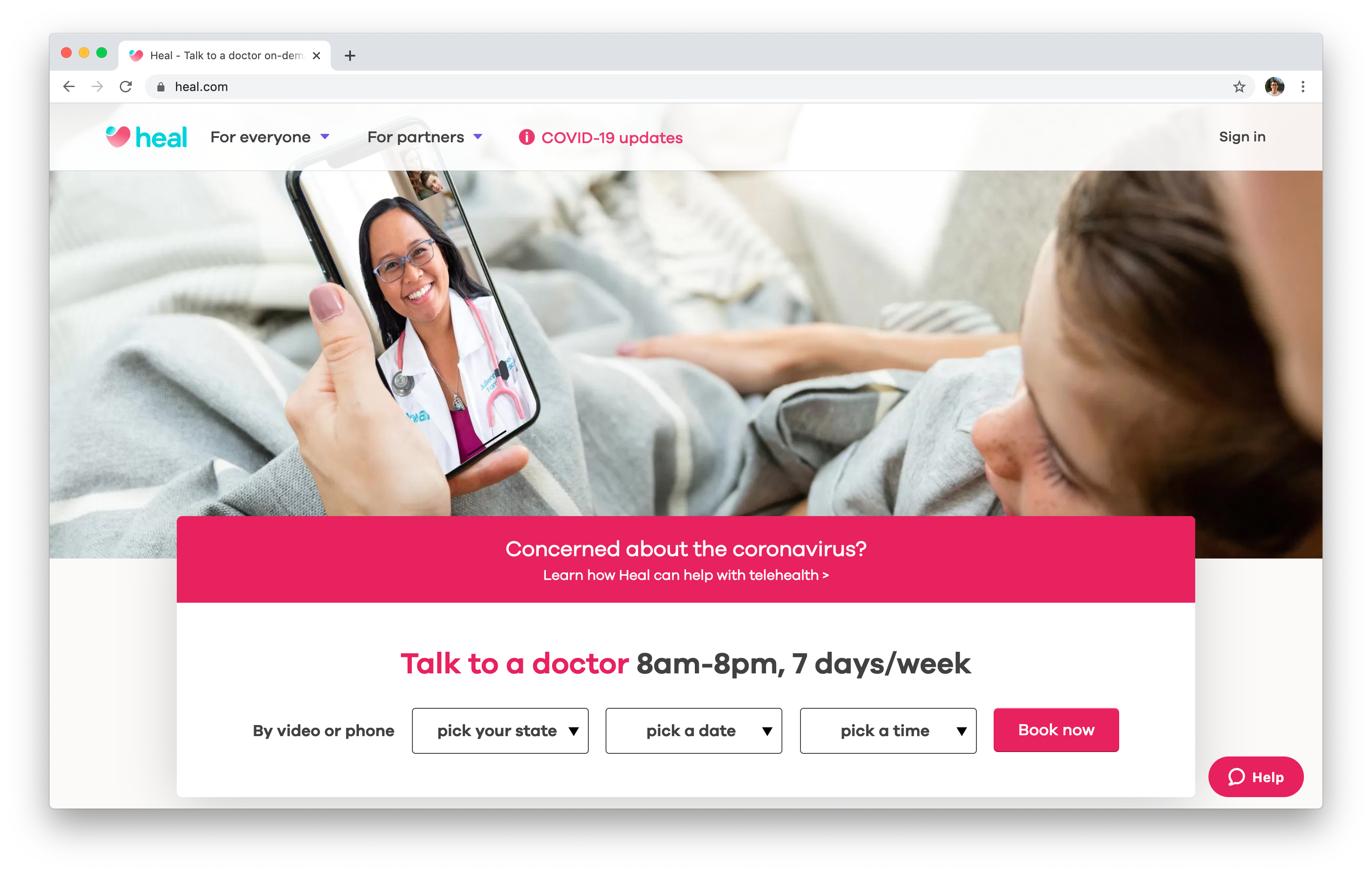Subscription Based Healthcare: Changing the Method We Consider Health
Subscription Based Healthcare: Changing the Method We Consider Health
Blog Article
Recognizing the Cost-Effectiveness of Subscription-Based Healthcare Versions
As the health care landscape progresses, subscription-based models arise as a compelling option, guaranteeing to redefine exactly how individuals manage medical costs. Evaluating these designs' cost-effectiveness requires a nuanced contrast with standard insurance, considering both monetary ramifications and person contentment. While they use openness and predictability in costs, inquiries remain about their capability to fulfill varied medical care demands, particularly for specialized therapies. The viewpoints of healthcare companies additionally complicate this formula, providing a diverse challenge. What does the future hold for these designs, and can they really deliver on their promise of accessible, inexpensive care?
Review of Subscription-Based Designs
Subscription-based medical care versions, often described as straight medical care or concierge medication, are progressively getting focus as a possible solution to ineffectiveness within standard health care systems. These designs run on the concept of offering individuals straight access to health care service providers through a month-to-month or annual fee, bypassing the requirement for typical insurance coverage devices. This setup intends to streamline patient-provider communications by decreasing management concerns, which commonly impede prompt and customized treatment.
At the core of subscription-based versions is the focus on an extra individualized patient experience. Clients profit from improved access to their physicians, frequently consisting of next-day or same-day visits, expanded assessment times, and straight communication channels such as phone or video phone calls. This version cultivates a proactive strategy to medical care, where patients and suppliers can collaboratively concentrate on preventative care and chronic condition administration.
Expense Contrast With Typical Insurance Policy

One of the main monetary benefits of subscription designs is openness in costs. Conversely, typical insurance may be more helpful for people needing specialized care or expensive therapies not covered under a registration design, as they benefit from the more comprehensive insurance coverage network and cost-sharing systems.
Nonetheless, cost-effectiveness is context-dependent. While subscription designs may provide financial savings for those mainly requiring health care, individuals with persistent problems or specialized healthcare needs could find traditional insurance coverage much more comprehensive. Examining details medical care needs and possible use is essential in establishing the most affordable option for people.
Effect On Individual Complete Satisfaction
Client complete satisfaction within subscription-based healthcare models often reflects a substantial renovation over standard insurance systems. Unlike traditional systems, where people could experience delays in receiving treatment, subscription-based designs guarantee more timely and direct interactions with medical care suppliers.
Furthermore, the transparency in prices connected with subscription-based healthcare relieves the typical aggravations associated with unexpected costs and complicated payment processes seen in typical insurance coverage (subscription based healthcare). Patients value knowing the specific monetary dedication upfront, causing enhanced trust and self-confidence in their healthcare administration
Additionally, the focus on preventive care and health in membership designs adds to improved wellness outcomes, additionally enhancing individual satisfaction. By concentrating on ongoing health care instead than anecdotal care, individuals experience a more continuous and alternative medical care journey.
Additionally, the boosted provider-patient relationship promoted in these designs, identified by more time spent per client and tailored attention, plays an important duty in raising individual satisfaction degrees, as clients feel truly looked after and understood.
Provider Point Of Views and Experiences
From the carrier's point of view, subscription-based healthcare models provide a transformative method to providing clinical services. These designs emphasize a preventative and aggressive health care strategy, permitting service providers to concentrate on comprehensive individual care without the restraints of standard fee-for-service setups (subscription based healthcare). This change in focus typically results in boosted person results and enhanced useful content service provider complete satisfaction, as health care experts can allocate more time and sources to client engagement and customized treatment plans
In addition, subscription versions facilitate foreseeable profits streams, which improve economic security for healthcare companies. This predictability enables boosted resource planning and appropriation, adding to an extra effective healthcare distribution system. Providers can spend in personnel training, facilities, and technology enhancements, thereby improving the quality of treatment offered.
Nevertheless, the shift to subscription-based versions is not without obstacles. Despite these hurdles, numerous suppliers locate that the advantages of increased individual communication and structured procedures surpass the first challenges, making subscription-based designs an appealing option.
Future Potential Customers and Obstacles

A key difficulty is regulatory conformity, as membership models have to follow progressing healthcare plans and insurance requirements. This demands constant adaptation and technology to make sure alignment with lawful requirements. Additionally, incorporating these designs right into existing healthcare infrastructures can be intricate, requiring substantial investments in modern technology and training.
There is likewise the potential visit this website risk of developing inequities in health care accessibility, as membership versions might prefer those who can afford them, leaving at risk populations underserved. Resolving this requires thoughtful consideration of pricing approaches and subsidy systems to make certain inclusivity.
Conclusion
Subscription-based medical care versions offer a sensible choice to typical insurance by offering financial predictability and transparency, particularly benefiting individuals with persistent problems or constant medical care requirements. The cost-effectiveness of these designs is contingent upon private health care usage patterns and circumstances.
Subscription-based healthcare versions, occasionally referred to as straight main care or attendant medicine, are progressively getting interest as a potential solution to inefficiencies within traditional medical care systems. Unlike typical systems, where individuals could experience hold-ups in getting care, subscription-based versions make sure more timely and direct communications with health care companies.
These models stress a aggressive and preventative healthcare strategy, permitting companies to focus on thorough individual care without the restrictions of conventional fee-for-service setups. As these designs continue to get traction, they provide the prospective to revolutionize individual access to care, simplify service distribution, and optimize medical care spending.Subscription-based medical care models offer a viable choice to traditional insurance by using monetary predictability and transparency, especially profiting individuals with chronic problems or frequent health care demands.
Report this page